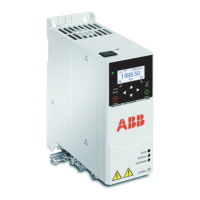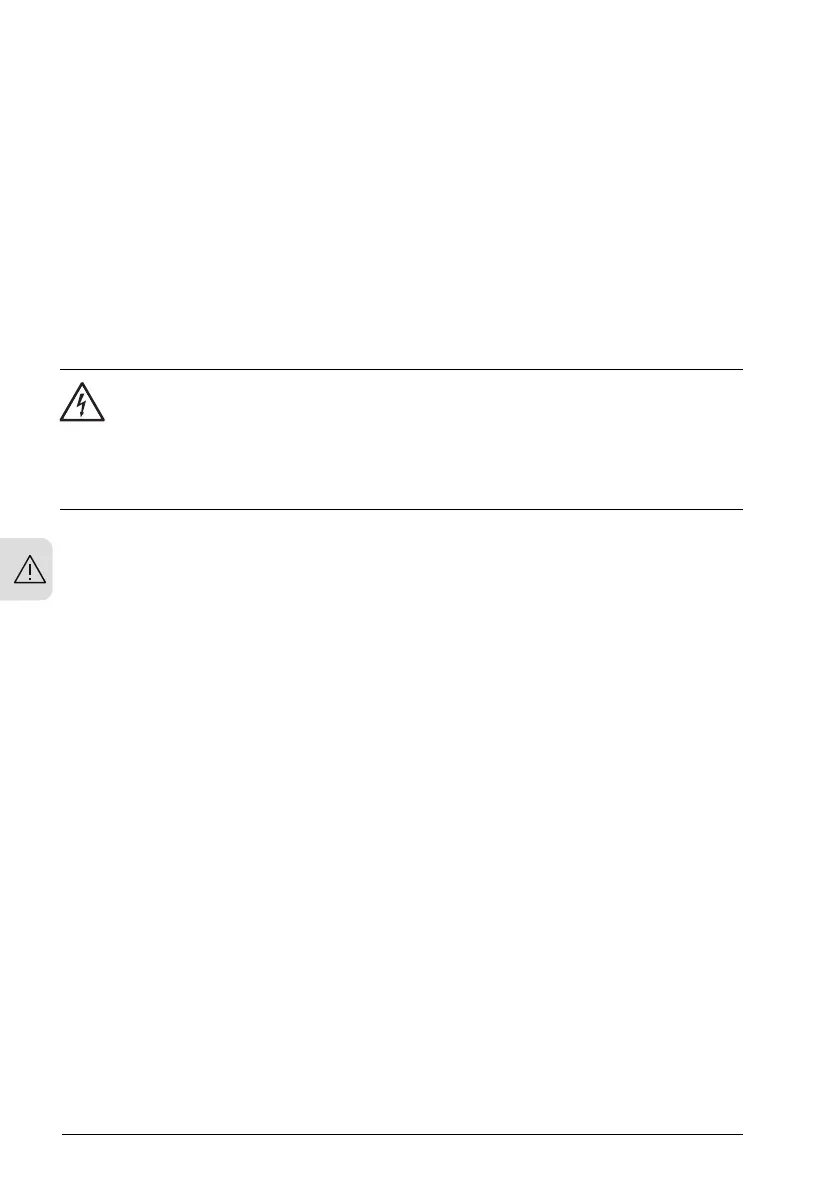• Make sure that the voltage between the drive output terminals (T1/U, T2/V,
T3/W) and the grounding (PE) busbar is zero.
• Make sure that the voltage between the drive DC terminals (UDC+ and UDC-)
and the grounding (PE) terminal is zero.
Note: If cables are not connected to the drive DC terminals, measuring the
voltage from the DC terminal screws can give incorrect results.
6. Install temporary grounding as required by the local regulations.
7. Ask for a permit to work from the person in control of the electrical installation work.
■ Additional instructions and notes
WARNING!
Obey these instructions. If you ignore them, injury or death, or damage to the
equipment can occur.
If you are not a qualified electrical professional, do not do installation or
maintenance work.
• Make sure that the electrical power network, motor/generator, and environmental
conditions agree with the drive data.
• Do not do insulation or voltage withstand tests on the drive.
• If you have a cardiac pacemaker or other electronic medical device, keep away from
the area near motor, drive, and the drive power cabling when the drive is in operation.
There are electromagnetic fields present which can interfere with the function of
such devices. This can cause a health hazard.
Note:
• When the drive is connected to the input power, the motor cable terminals and the
DC bus are at a dangerous voltage.
The brake circuit, including the brake chopper and brake resistor (if installed) are
also at a dangerous voltage.
After disconnecting the drive from the input power, these remain at a dangerous
voltage until the intermediate circuit capacitors have discharged.
• External wiring can supply dangerous voltages to the relay outputs of the control
units of the drive.
• The Safe torque off function does not remove the voltage from the main and auxiliary
circuits. The function is not effective against deliberate sabotage or misuse.
18 Safety instructions

